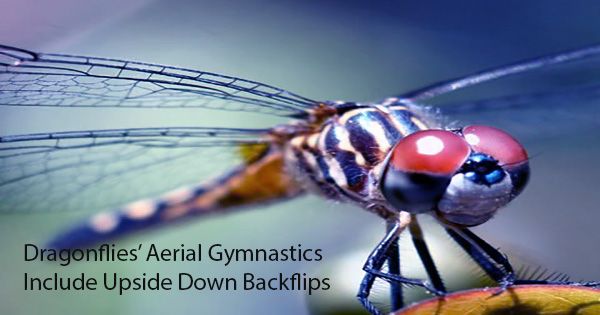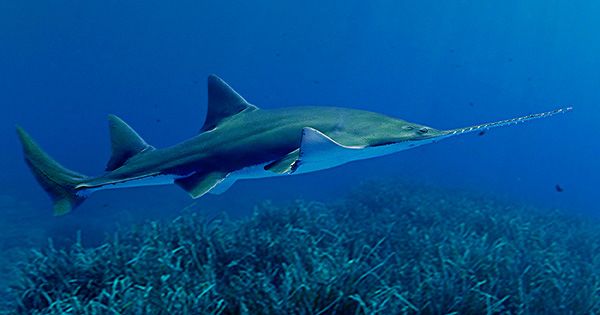In an attempt to rescue the highly endangered northern white rhinoceros from extinction, scientists are one step closer to making artificial rhino eggs. Researchers from the BioRescue collaboration succeeded for the first time in converting rhino skin cells to stem cells, which might eventually turn into viable egg cells with additional study. The researchers who made the breakthrough, which was published in Scientific Reports, believe it might be the key to conserving the species.
Fatu and Najin are the last two northern white rhinoceros left on the planet. Both are female as the sole remaining male died in 2018. Fortunately, scientists had the foresight to preserve sperm from the final males, giving the species a chance to reproduce through IVF. This, of course, necessitates the creation of an egg, which, according to this new development, might one day be made from skin cells.
In a statement, lead author Dr. Vera Zywitza said, “Our study gives fresh insight on pluripotency – the potential of stem cells to develop into all cells of the body.” “As a result, it marks a significant step forward on the path to artificially created rhino oocytes.”
The scientists used foreign DNA to reprogramme rhino skin cells into induced pluripotent stem cells (iPS) after earlier success in mice. iPS cells have the ability to develop into any type of cell in the body, including germ cells, which may subsequently divide to form egg or sperm cells. But they must first be in a “naive” stage. The cells perished as researchers attempted to transform them from a more advanced condition. To address this, the researchers inserted a gene that inhibits cell death and were able to generate naïve iPS cells, which Zywitza describes as “a potential starting point for creating germline cells.”
There are a few adjustments to the technique that must be done before any rhino iPS cells may be activated to grow into germ cells. “The reprogramming factors and the gene that prevents cell death are permanent foreign genetic material in the iPS cells we’ve produced,” Zywitza stated. “There’s a chance that [germ cells] will become pathologically changed.” One approach to get around this is to reprogram the skin cells with RNA viruses rather than foreign DNA, which the team is now testing.
They also need to make ovarian tissue, which isn’t normally available, to surround the germ cells and help them grow into egg cells. Artificial eggs may be a long way off, but they aren’t the sole solution for rhino conservation. The team has previously tried assisted reproduction with Fatu’s eggs and sperm from deceased males, increasing the total number of frozen northern white rhino embryos to 14.
Several earlier attempts to generate healthy embryos that will hopefully be implanted into and brought to term by southern white rhino surrogates have previously been made. Hopefully, one or both of these tactics can preserve the northern white rhino from extinction, as well as thousands of other vulnerable species, according to the researchers.
















